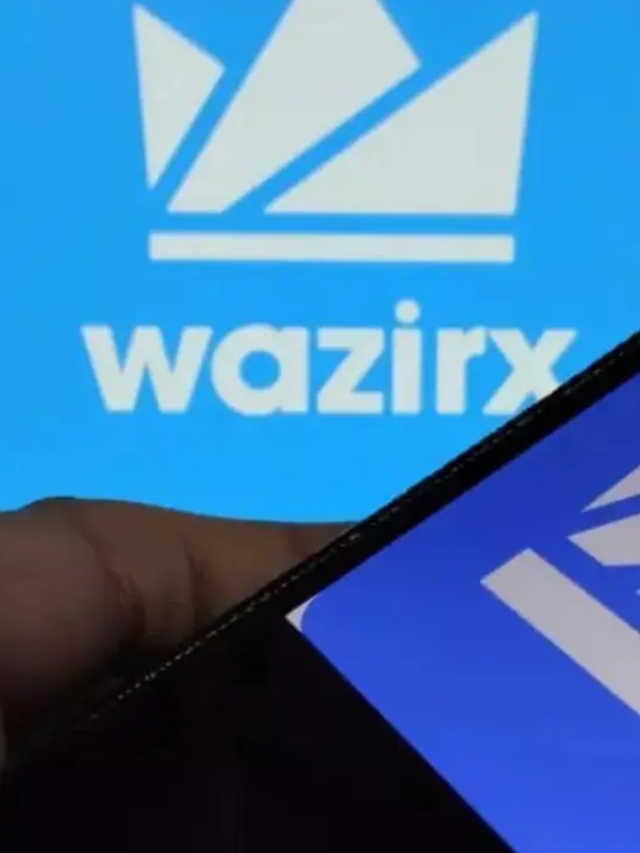In the world of cryptocurrency, every penny counts. With increasing volumes, the process of buying, selling, and transferring digital assets has grown very expensive. In the year 2024, who can understand and manage crypto exchange fees will be quite different in investment outcomes. Let’s delve into how to reduce these costs to maximize returns.
Crypto Exchange Fees: How It Works
For one thing, crypto exchanges charge for most of the various transactions that could happen on their sites: trading fees, withdrawal fees, deposit fees, among others. Most often, trading fees depend on the type of order you have placed and too much on the kind of fee structure adopted by the exchange. In this regard, it is important to understand these fees in order to manage your costs effectively.
Types of Crypto Exchange Fees
Trading Fees: Every other exchange charges a fixed fee for every trade. This may come in the form of a percentage of the transaction or maybe even just a fixed fee. In most instances, an exchange would have a multi-tier fee schedule whereby the fee decreases with every increase in your trading volume.
Withdrawal Fees: Exchanges often charge when making a transfer of your cryptocurrency to a wallet outside of the exchange. This may be some fixed amount for a transaction or even a percentage of the transaction.
Deposit Fees: This is a fee charged by some exchanges for depositing money into your account. The fee depends on the means of deposit, including bank transfers and credit card payments.
Inactivity Fees: Some exchanges will also charge you inactivity fees if you do not use your account after a certain time. These are rather uncommon but may add up should one not be attentive.

How to Minimize Crypto Exchange Fees?
Crypto exchange fees can save your fortune if considered for quite a while. Below are some practical tips on minimizing crypto exchange fees:
1. Choosing the Right Exchange
Not every exchange is created equal, with each exchange having a different set of fees. Go for those offering low trading and withdrawal fees. You can compare various exchanges to find the best rates according to your trading needs.
2. Consider Fee Discounts
Many exchanges offer discounts on fees for holders of their native tokens. For example, if you possess BNB-Binance Coin, then as a Binance user, you will be offered reduced trading fees. If you plan on using an exchange frequently, then check to see whether they extend this kind of discount.
3. Use Limit Orders
There are higher fees in general for market orders compared to limit orders. Limit orders can be set for a price of your choice for buying or selling. These types tend to have lower fees and are a potential method of economy on your trading fees.
4. See If It Offers Free Withdrawal Options
Some exchanges do not charge for withdrawals to specific wallets or for some cryptocurrencies. Always check the available options for withdrawal and withdraw using the cheapest means of transferring your asset.
5. Batch Transactions
Instead of trying to make several small transactions, combine all into fewer but larger ones. That can save you a lot in transaction fees because many exchanges charge per transaction.
6. Monitor Your Trading Volume
Most of the exchanges will reward you with lower fees when your trading volume goes up. If you are an active trader, then you really have to pay attention to the volume. Meeting the criteria for lower fees can save you a pretty penny.
7. Be on the lookout for fee changes
Some crypto exchanges change their fee structure quite frequently. Because of this, it is necessary to keep yourself informed about whether there are better rates than what you use at the moment. Subscribe to newsletters from exchanges or follow their social media channels for news.
8. Benefit from Fee Rebate Programs
Some of them have fee rebate programs. The fee rebate program gives rewards to traders by returning them a part of their trading fees. If it’s available, use such a program and shrink your overall fees to the very minimum.
Comparing Fees Across Exchanges
Each of the different exchanges comes with their own set of fees. Comparing them all will give you the best option when it comes to choosing cost-effectiveness. Here’s a simple comparison:
Exchange A: 0.1% trading fees, $1 withdrawal fees.
Exchange B: 0.2% trading fees, $0.5 withdrawal fees.
Exchange C: 0.05% trading fees, with fee discounts if holding their native tokens and offering free withdrawals for select cryptocurrencies.
By comparing these options, you can determine which one gives you the best rate to apply to your trading activities.
Fees can have a great impact on your investment returns. High exchange fees deplete your profits, especially if you trade very frequently. Minimizing them guarantees high returns and full value for your money.
Optimization Strategies
Trade smart: That is, you should not pay more in fees than you must. Use Fee-Reduction Tools: This means to employ tools and practices that cut down these fees, which will involve no-fee exchanges or discount programs. Keep tabs on your expenses: Always keep your trading fee spending in mind so that you will know where you need to cut back.
Conclusion
It is important in the year 2024 to be effective in managing crypto exchange fees and ensuring maximum returns on investment. You need to understand the different kinds of fees and employ a system that reduces them for the retention of most of your gains. Crypto Exchange Fees Make sure to select the right exchange, use fee discounts, and keep knowledge of changes to the fees to ensure you are making a cost-effective decision. Mind you, in cryptocurrency, every saved penny counts.



















